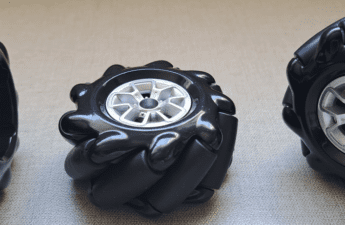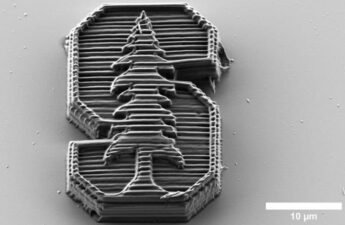Metamaterials have artificially created structures, to have properties that no conventional material has.
Category: Mechanics
Magnetic circuits analysis
In this post, are shown the necessary concepts to make analysis of magnetic circuits, which is very similar to that of electric circuits.
Hysteresis: what is it?
The hysteresis is very common on materials and systems. It’s the capacity to keep a property, after remove the stimulus that induces this property.
Omnidirectional Mecanum wheels
Vehicles with Mecanum wheels can move in all directions, using less time and space. The operation of these wheels is this post’s subject.
3D priting of nanostructures
New materials can be 3D printed, to create many nanostructures and improve materials’ resistance without increasing weight.
Gyroscope: what is it and how does it work?
This post’s subject is the gyroscope. An instrument of great utility for electronic devices and for air, naval, and space navigations.
Wall climbing robots
How do the adhesion mechanisms used by wall climbing robots work? In this post, are shown the three forms of adhesion.
Other jet engines
In addition to the turbofan, exist other jet engines. In this post it’s shown the operation and applications on aviation of turbojet, turboprop, and turboshaft.
iRonCub: the humanoid robot with jet engines
The iRonCub was developed by the Italian Institute of Technology (IIT). A project that took many years.
Turbofan jet engine: how it works?
This post’s subject is the turbofan jet engine. It’s used in every commercial airplane due to high thrust and for being the most efficient and silent type.










